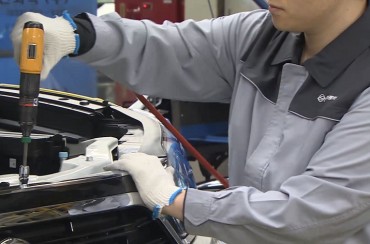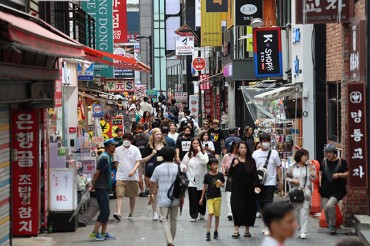
Since the implementation of the 52-hour workweek, netizens’ searches for restaurants have decreased, while the use of home-training and interior-related applications has surged. (image: Korea Bizwire)
SEOUL, Apr. 23 (Korea Bizwire) — Since the implementation of the 52-hour workweek, netizens’ searches for restaurants have decreased, while the use of home-training and interior-related applications has surged, the survey showed.
According to Daehong Communications Inc., an advertising agency affiliated with Lotte Group, an analysis of changes in consumer lifestyle based on its social big data platform called “Divx 2.0,” data on purchases of Lotte Members and social media search terms showed that the increase in activities at home has been noticeable since July of last year.
Before the implementation of the 52-hour workweek policy, one home-training app had a user base of fewer than 50,000, but it easily surpassed 500,000 at the end of the year, while one interior-related app jumped from 100,000 users in June of last year to 500,000 at the end of the year.
On the other hand, an analysis of Naver’s search word trends over the past year showed that the search for famous restaurants had dropped by half at the beginning of this year after starting a downward spiral in July of last year.
This phenomenon is reflected in consumers’ actual purchasing behavior, and after analyzing Lotte Members’ L.Point transaction data, sales of home deco-related products in September last year increased to about twice as much as a year ago.
The agency also explained that categorizing netizens’ responses to frozen foods, considered one of the most popular household conveniences through “Divx 2.0,” showed that the positive assessment reached 58.7 percent of the total, significantly reducing the perception that they were “bad for health” in the past.
“With the increase in leisure time, activities that used to be conducted outside of the house seem to have entered the house,” said a representative for Daehong Communications.
“It is a phenomenon that connects the house as a space for oneself and the small luxuries one enjoys in it.”
D. M. Park (dmpark@koreabizwire.com)






